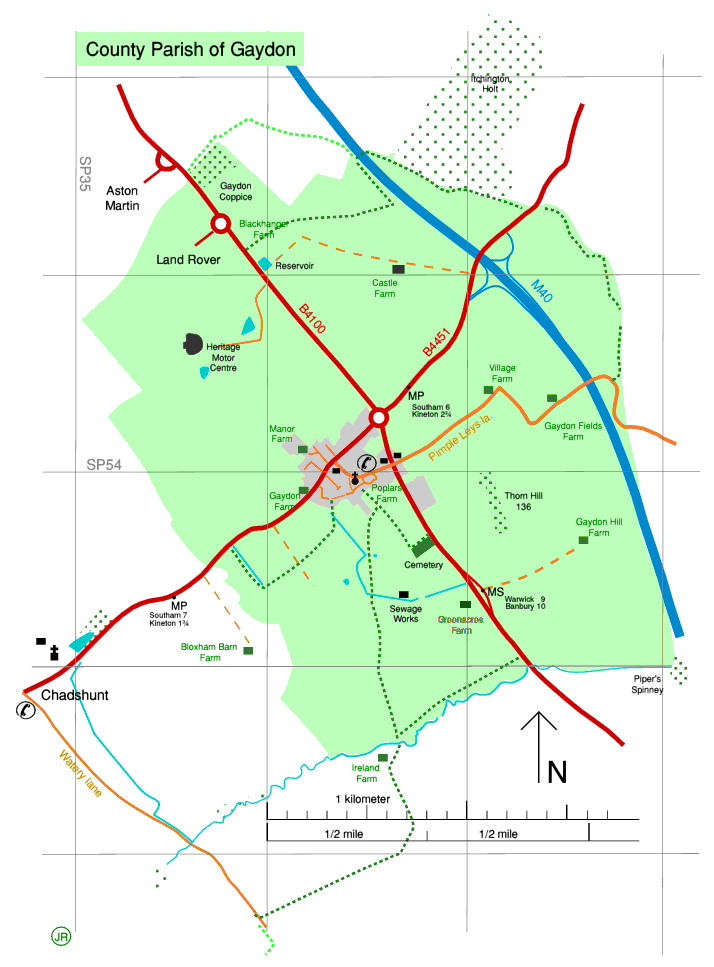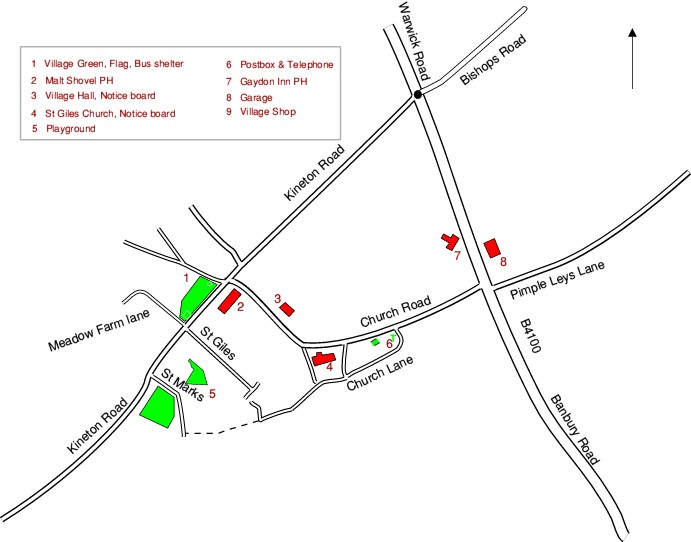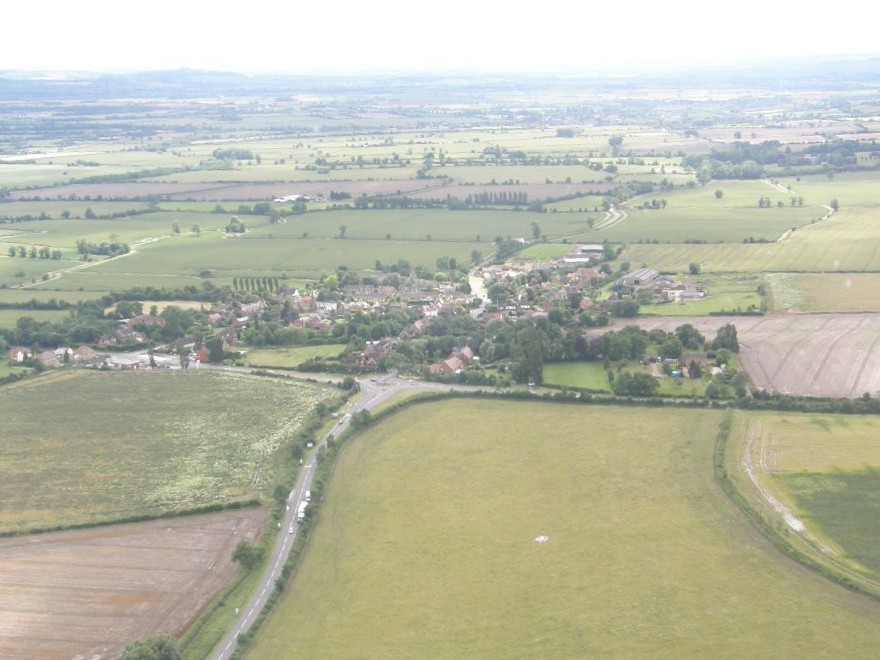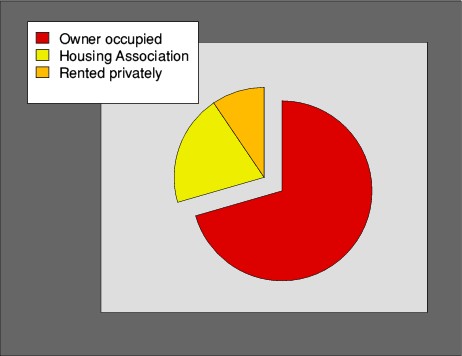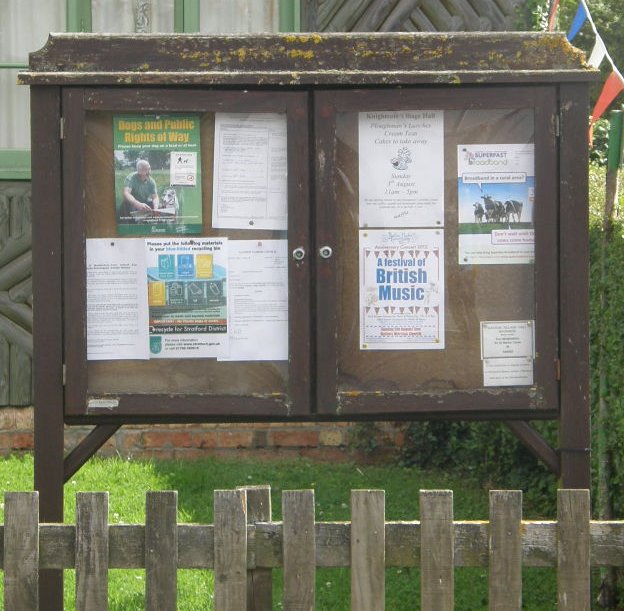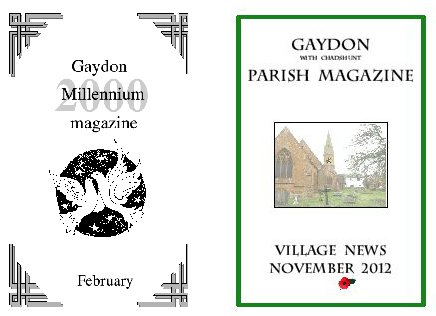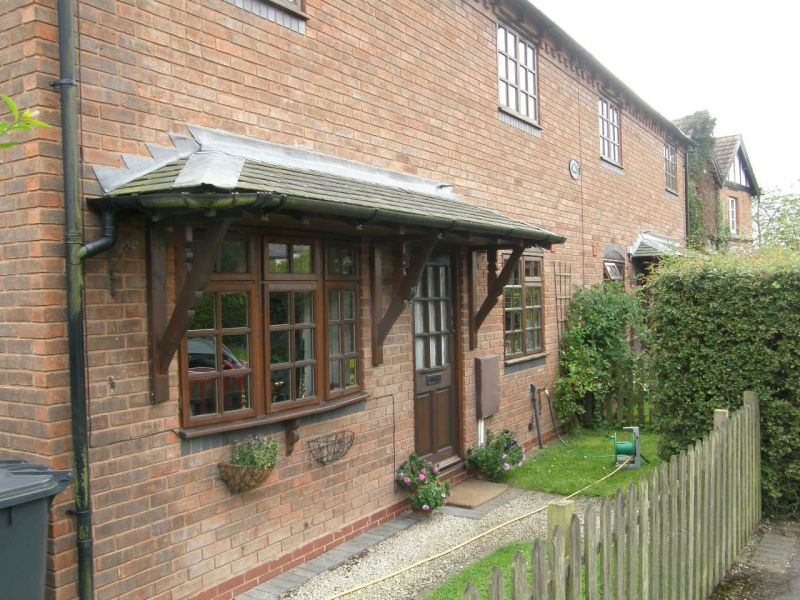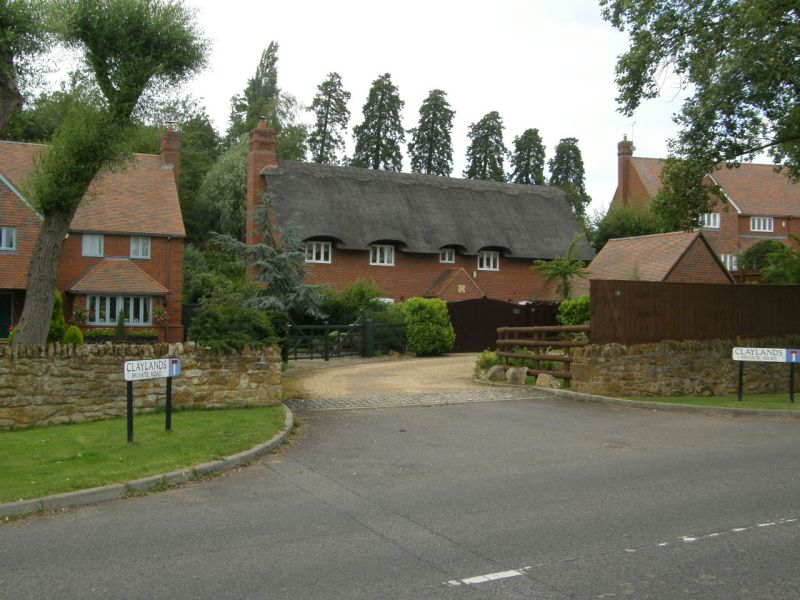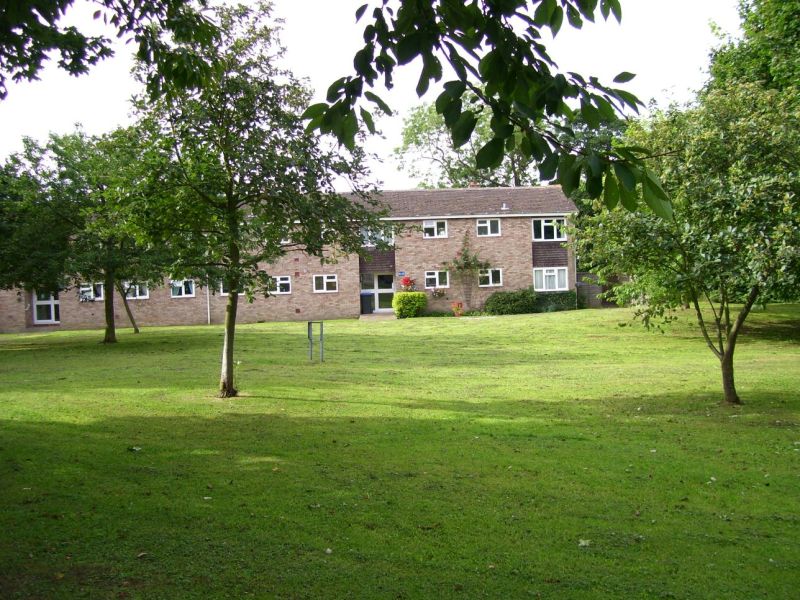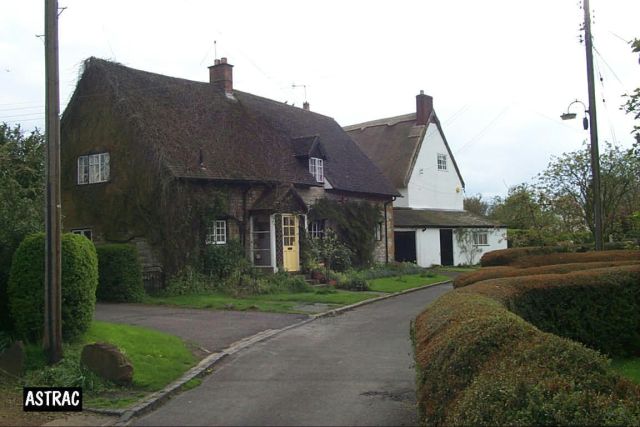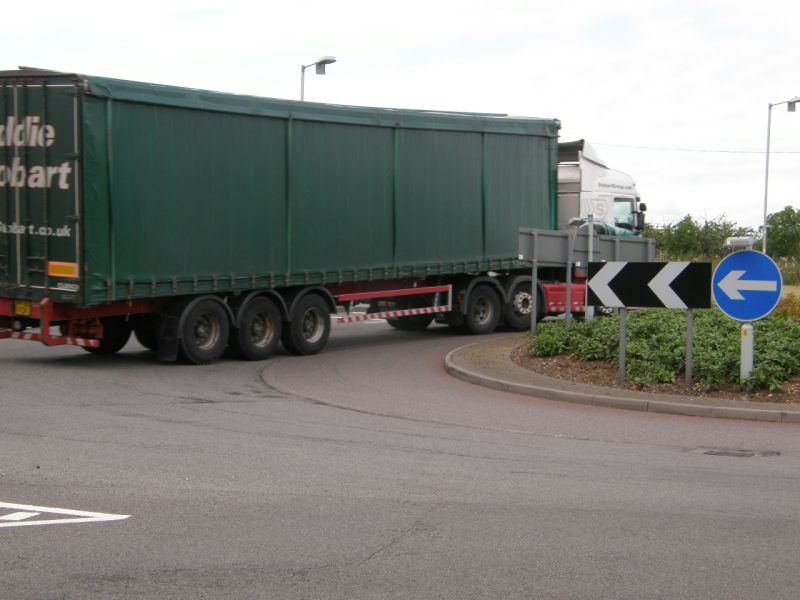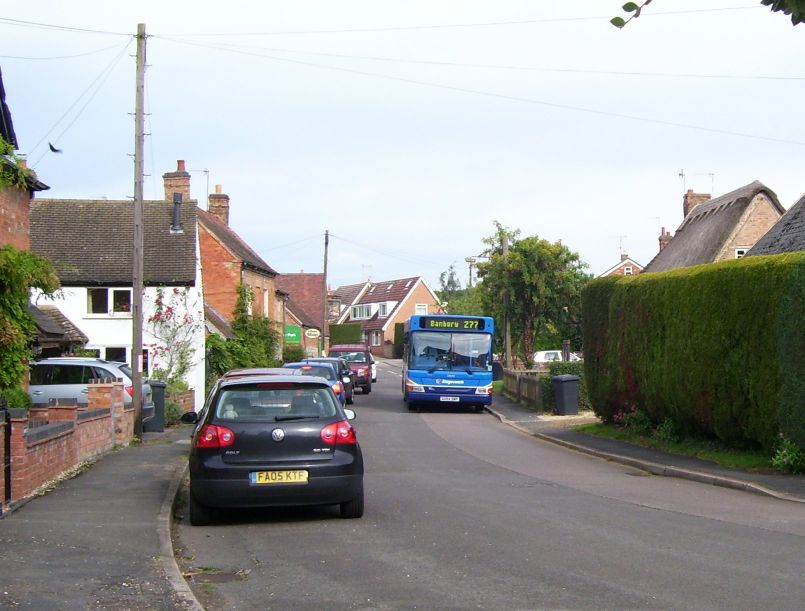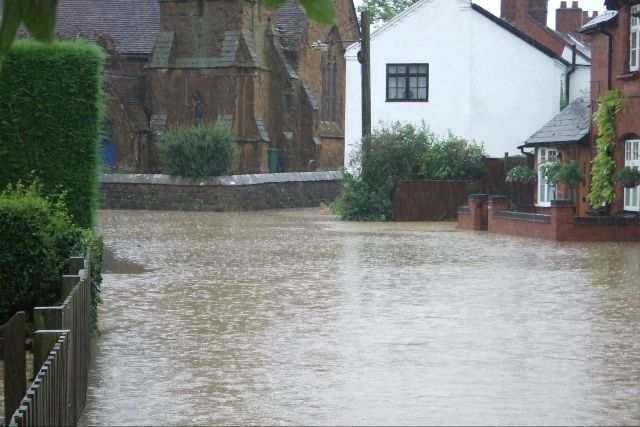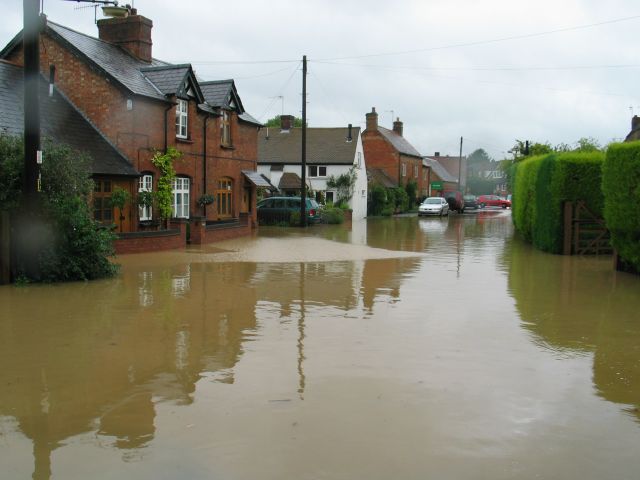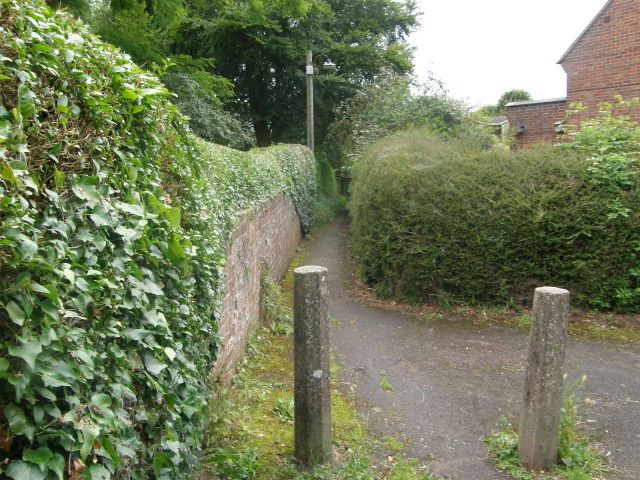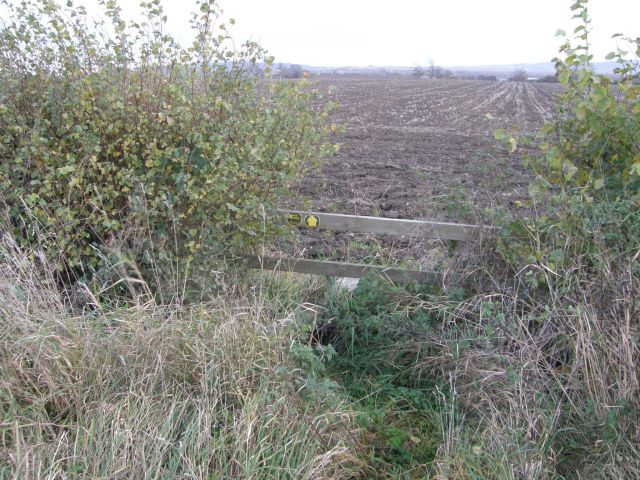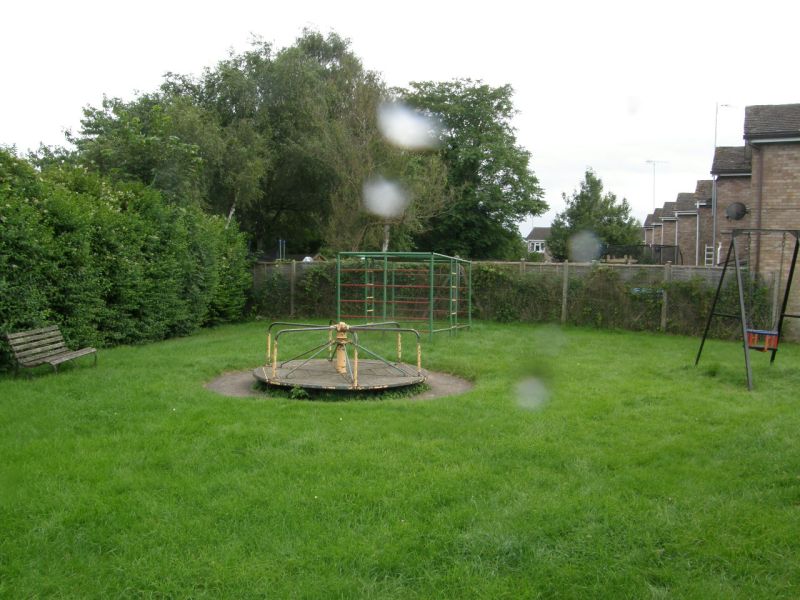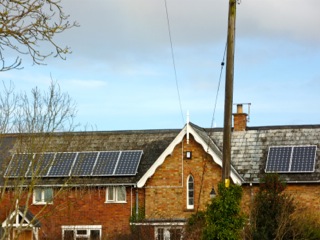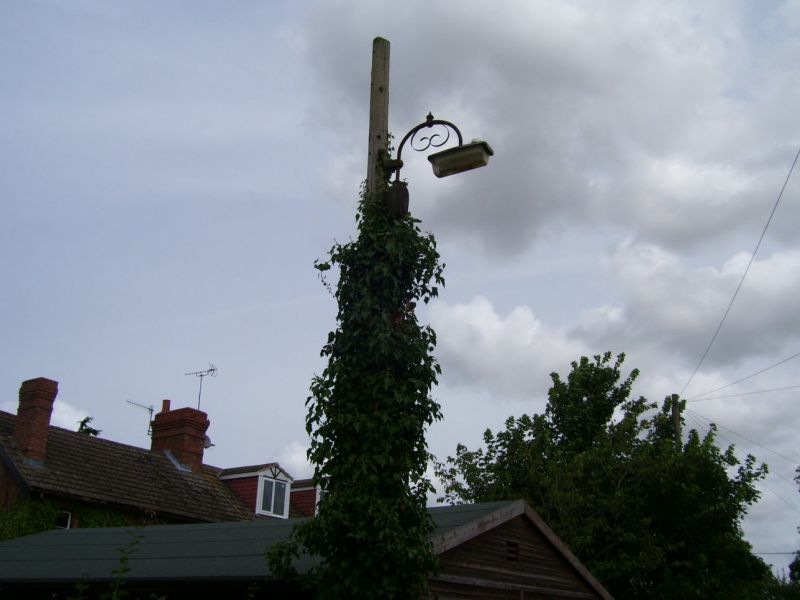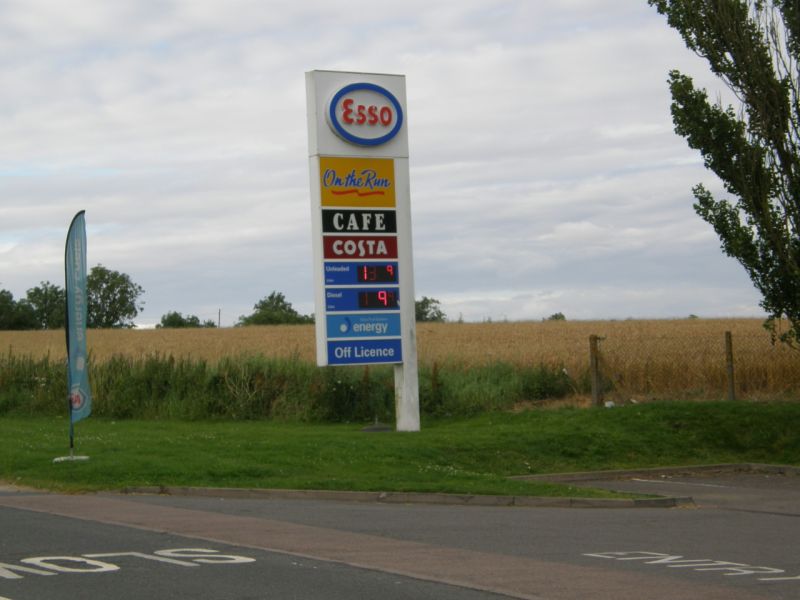Appendices
Top
Appendix A - Acknowledgements
The Parish Plan team would like to thank the many people helped to put this plan together.
Parish Plan Team
- Annette Conway
- Corinne Hill
- Dave Marks
- Jonathan Crowe
- John Rickman
- Madeleine Hill
- Martyn Hamm
- Mary Fox
- Sue Roberts
Questionnaire Helpers
- Margaret Phelps
- Peter and Helen Smith
- Pam and Terry Furnivall
- Andy Thomas
- Sue Middleditch
- Nigel and Rawia Cotterill
- Gerry Scott
- Sue Wilkshire
Writing for the Plan
- Bernard Price
- Martin Phelps
- Simon Purfield of SOADC who analysed and documented the questionnaire results
Others
- John Hampson
- Tony McGrath
- Mike Hall
- Everyone who took the time to fill in the questionnaire.
- Everyone who attended a Parish Plan public meeting.
- And anybody who is missing and should be included
Top
GAYDON PAST
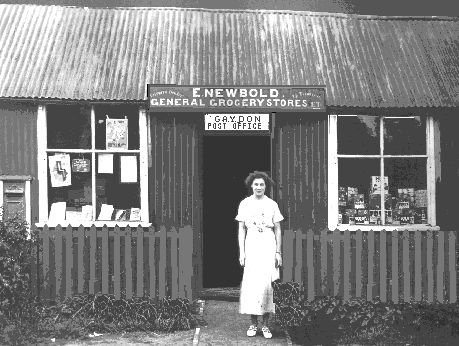
The landscape of Gaydon is in part determined by its underlying geology. The whole of the parish lies on the Lower Lias clays and thin muddy limestones laid down in shallow tropical seas about 180 million years ago. The Dassett Hills and Edge Hill beyond the parish to the south-east and south are capped by Middle Lias sandy and iron rich limestones, which have been used to construct the church and other buildings in the village. The higher ground on the north-western side of the parish, including the old airfield and Itchington Holt, has a thin layer of glacial Boulder Clay and throughout the parish are pebbles also left behind by the retreat of the ice about 300,000 years ago.
The man-made landscape of Gaydon shows contributions from many ages. The village centre contains substantial houses and farms from the 16th and 17th century. The surrounding land shows remnants of the medieval ridge and furrow cultivation, but is predominantly the landscape of fields established by enclosure in the 1750s. Many brick-built cottages, the village hall and the church were additions of the 19th century.
The only evidence of Iron Age and Roman times in Gaydon is the ancient Salt Way from Droitwich to Northamptonshire, which cuts across the northern edge of the parish near Itchington Holt; and finds from a possible Roman villa site in the fields south of the village centre.
Chadshunt, which included Gaydon, was among the manors, which in Saxon times (1043) were presented by Leofric Earl of Mercia and his more famous wife, Lady Godiva, to the Benedictine monastery they founded in Coventry. By the middle of the 12th century these manors had passed to the Bishop of Lichfield and Coventry.
Although Gaydon is not mentioned separately from Chadshunt in the Domesday Book of 1086, it was clearly a separate settlement, recorded as Gaidon by the late 12th century. The name is thought to be derived from the personal name "Gaega" and the Old English word for hill "dun".

A simple medieval chapel, comprising just a small nave and chancel, stood on the site of the current church building from the 13th century until it was replaced in the early 1850s. Only a bell survives from the old church, but unfortunately without any inscription. The old church was secondary to the church in Chadshunt where burials and marriages took place and both were chapels of Bishops Itchington served by Curates appointed by the Vicar of Bishops Itchington until 1879.
The manor of Gaydon along with Chadshunt and Bishops Itchington, was obtained from the Bishop of Lichfield on advantageous terms between 1547 and 1549 by Thomas Fisher, who took advantage of his close association with the Duke of Somerset, governor of the country at the start of the reign of the child King Edward VI. Fisher's son Edward lost his fortune and had to sell off all his property, including Gaydon.
In 1585 John Askell bought about half the land in the village from Edward Fisher and he and his descendants
lived in and enlarged the Manor House and erected monuments in Chadshunt church to rival those of the
Newsham family of Chadshunt Hall. When Michael Askell died in 1712, the manor lands passed to the Bucknall
family in Hertfordshire through the marriage of his daughter.
The records of the Hearth tax in the 1660s and 1670s list all the heads of households and the number of hearths in their houses. In 1674 there were 38 households of which 20 had cottages with only one hearth. There were only five substantial houses with 4 or more hearths, including Mr Askell's Manor house with 5 hearths (the others probably included the houses now known as Poplars Farm and The Old House).
In 1684 Gaydon had its own Great Fire (between the more famous Great Fires in London in 1666 and Warwick in 1694), which destroyed or seriously damaged ten houses and businesses in the centre of the village and was catastrophic enough for a national collection to be instigated to help those affected.
One of the early turnpike roads, from Birmingham to London, via Warwick, Warmington and Banbury was established by parliamentary act in 1725, bringing stagecoach trade to the village and increasing the importance of the Gaydon Inn. The other turnpike road through the village, from Southam to Kineton, was created much later in 1851, and is evidenced by the remaining Gaydon turnpike cottage.
The pattern of fields and farms we now see in Gaydon originates from the enclosure of 1463 acres of common and open fields in 1759 following a private act of Parliament in 1757.
This allocated 620 acres of the land to John Askell Bucknall of Oxhey, Hertfordshire, inheritor of the manor estate; 212 acres to the
Vicar of Bishops Itchington for his glebe land and in lieu of tithes; 279 acres shared between Edmund Makepeace a local solicitor, Francis Fauquier
Lieutenant Governor of Virginia, Godolphin Rooper of Berkhamstead Castle and the near bankrupt James Newsham Craggs of Chadshunt Hall,
who lived in London. Thus 78% of the land was in the hands of 6 absentee landlords.
The remaining land was allotted to 8 local men including two farms of just over 100 acres to
Thomas Burdon and Thomas Garrett, whose families had been in the village since at least the early 17th century.
In the following decades, much of Gaydon continued to be in the hands of absentee landlords. The manor estate (Manor Farm, Castle Farm and Ireland Farm) passed from the Bucknalls to the Phillimore family in about 1789. However, they were preoccupied with the development of their much larger Kensington and Hertfordshire Estates and between 1862 and 1863 Edward Brough Phillimore sold off the three farms.
The first of the Bolton King family, who were to make big changes in Gaydon and Chadshunt through Victorian times, was Edward Bolton King. He married Georgiana Knight, heiress of the Chadshunt Estate in 1828 and had moved to Chadshunt by 1845. He bought up farms in Gaydon over the next few decades including Gaydon Farm (1845), Upper Farm (1846), Manor Farm and Ireland Farm (1862) and a small farm on Church Lane (Oak Beams and Barnfield; 1863).
Between 1852 and 1853 the old medieval church building was replaced with the current one in the gothic revival style. It was designed by Leamington architect Daniel Goodman Squirhill and built by William Ballard at a cost of over a thousand pounds. The largest donation of £500 and the churchyard land was provided by Edward Bolton King and a grant was obtained from the Incorporated Society for Promoting the Enlargement Building and Repairing of Churches and Chapels, on condition that 136 free seats were provided for the poor of the parish. The foundation stone was laid in April 1852 and the new building and churchyard were consecrated by the Bishop of Worcester in July 1853. The stained glass East window was installed in memory of Edward Bolton King following his death in 1878.
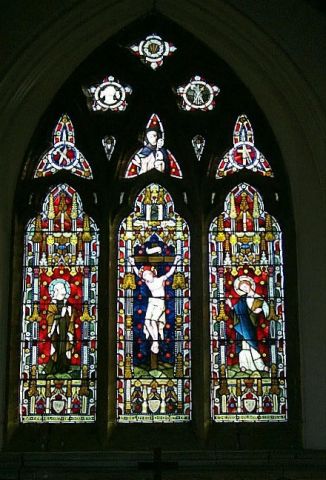
A National School was erected and supported by Edward Bolton King (sometime between 1851 and 1861) to accommodate about 40 pupils.
Following its closure in the 1970s and subsequent conversion into a dwelling it was recently replaced by a larger house.
Edward Bolton King's elder son Edward Raleigh Bolton King inherited the Chadshunt and Gaydon Estate in 1878 and added Poplars Farm and its land to it in 1884.
Bolton King, the younger son of Edward Bolton King, was very influential in his efforts to improve the lot of the agricultural labourer.
He gave Gaydon its village hall and adjoining caretaker's cottage in 1878 - initially as a men's club and reading room - "to elevate the villagers to a better sense of their duty to God, their neighbours and themselves". He also built 13 cottages on Banbury Road between 1883 and 1886 (1 detached for himself, 4 pairs and a block of 4) which he rented to villagers as well as allotments on the field behind.
In 1879 the ecclesiastical parish was separated from Bishops Itchington and became the parish of Gaydon with Chadshunt with its own Vicar. The first Vicar of Gaydon with Chadshunt was the Reverand Frederick Woodward who was in post from 1879 until his death in 1920. He was also the first occupant of the Vicarage, which was completed in 1883.
Edward Raleigh Bolton King died in 1900 and his son Ernest Raleigh Bolton King sold the Chadshunt Estate including 1,055 acres in Gaydon,
comprising all the farmland south and west of the Warwick-Banbury Road, to Thomas Augustus Motion, who in turn sold the Estate to
Lord Willoughby de Broke of Compton Verney in 1907. The Willoughby de Broke Gaydon property was subsequently all sold off to individual purchasers by the early 1920s.
In 1941 land in the north-west of the parish and in Lighthorne Heath was commandeered to create RAF Gaydon, a three runway airfield used to train wartime bomber crews. In the early 1950s the airfield was remodelled with one long runway for the nuclear capable V-bombers. Since closure in 1974 the airfield site has been used by the car industry by British Leyland, BMW, and subsequently Jaguar Land Rover, the Heritage Motor Centre and Aston Martin.
 Top
Top
Appendix C - Gaydon Flora and Fauna 2012

Gaydon village nestles close to the Burton Dassett Hills and Edge Hill where
Limestone and calcareous soils predominate. Although it is surrounded by
open countryside, mainly arable and grassland, there is a diverse range of
species to be found. This can be attributed to the many dense hedgerows,
coppices and ponds which provide corridors from adjacent woodlands at
Itchington Holt, Chadshunt and the army camp (The Oaks)
The predominant tree species were once large elms, the wood being used for many of
the older village houses along with the limestone blue lias.
FAUNA
Over the last 20 years there have been increases and declines in certain species;
for example buzzards are now a common sight and wild boar, ravens and waxwings have been seen;
whilst the brown hare, swallow and grey partridge are much reduced in number.
Gaydon cemetery is a noted area for butterflies being old unimproved pasture
OBSERVED SPECIES
Mammals
Common: fox, badger, brown rat, grey squirrel, roe deer, yellow necked field mouse, rabbit
Less common: muntjac, fallow deer, wild boar, polecat, stoat, brown hare, weasel, hedgehogs and shrews are in decline having once been common.
Birds
Common: house sparrow, goldfinch, chaffinch, green finch, carrion crow, rook, magpie,
jackdaw, pheasant, kestrel, buzzard, sparrow hawk, great spotted woodpecker,
dunnock, grey heron, wren, blue tit, great tit, wood pigeon, collared dove,
blackbird, song thrush; mallard, teal, Canada goose, mute swan, goldcrest,
moorhen, coot; winter-redwing, fieldfare, summer-house martin, swift
Less common: raven, grey partridge, red legged partridge, green plover, (lapwing), golden plover, snipe, long tailed tit, reed bunting. woodcock, green woodpecker, short eared owl, tawny owl, little owl, yellowhammer, blackcap, cuckoo, skylark, herring gull, black headed gull.
Rare or recent invaders: bullfinch, curlew, red kite, ring necked parakeet, waxwing,
corn bunting, long eared owl, marsh harrier, honey buzzard, sand martin, pochard,
widgeon, land rail, great crested grebe, Eurasian kingfisher
Butterflies
Common: brimstone, peacock, red admiral, small tortoiseshell, meadow brown ringlet, gatekeeper, common blue, holly blue, large white, small white, green veined white, orange tip, large skipper
Less common: painted lady, small skipper, small blue, white admiral, white letter hairstreak, marbled white, clouded yellow, black hairstreak
Moths
Humming bird hawk, eyed hawk, lime hawk, puss moth, red underwing, yellow underwing, swallowtail, silver "Y", golden plusia, angle shades, herald, codling moth, dark atches, buff tip, six spot burnet, hornet clearwing, garden tiger, old lady, tussock ruby tiger
Other insects
Cockchafer, rose chafer, purple ground beetle, burying beetle, devil's coach horse,
black ground beetle, dung beetle, wasp beetle, red soldier beetle, bush cricket,
dragonflies (at least 12 species), large hawkers and darters, damsel flies and
damoiselle flies, bumble bees (8 species), wasp, hornet,
ichneumon flies, numerous small hymenopterans (ants)
Amphibians
Common frog, toad, great crested newt, common newt
Snakes
Grass snake (common) adder (now rare)
FLORA
Flowering plants
Most notable: bee orchid, early purple orchid, twyblade, salad burnette, blue scabious, knapweed, bluebell, cowslip, primrose, snowdrop, hawkbill, cow parsley
Trees
Oak, ash, hazel, hawthorn, horse chestnut, holm oak, field maple, thickets are
predominantly formed by wild plum (Bullas), crab apple, blackthorn, dog rose,
Fungi
parasol, field mushroom, wood blewit, boletus edulis, slippery jack, fairy ring, champignon, amethest deceiver, shaggy inkcap and many others in autumn

